What Are Chords?
Hey there, fellow music enthusiasts! So, you’ve picked up a guitar or sat down at a piano, and now you’re ready to dive into the wonderful world of chords. But where do you start? Don’t worry, we’ve got you covered. In this article, we’re going to break down the basics of chord theory in a way that’s easy to understand, covering everything from major and minor chords to more advanced concepts. Let’s get started!
First things first – what exactly are chords? Simply put, chords are a group of three or more notes played together to create harmony. They form the backbone of most songs, providing the harmonic foundation that supports the melody and rhythm. Chords are made up of individual notes, which are typically played simultaneously to produce a pleasing sound.
Major Chords: Happy and Bright
Now, let’s talk about major chords – arguably the happiest and brightest of all chord types. Major chords are made up of three notes: the root, the major third, and the perfect fifth. For example, in the key of C major, the C major chord consists of the notes C, E, and G. Major chords have a bright and uplifting sound, making them perfect for conveying feelings of joy and optimism.
Minor Chords: Sad and Melancholy
On the flip side, we have minor chords – the yin to major chords’ yang. Minor chords are also made up of three notes: the root, the minor third, and the perfect fifth. However, the minor third is a semitone lower than the major third, giving minor chords a darker and more melancholy sound. For example, in the key of A minor, the A minor chord consists of the notes A, C, and E. Minor chords are often used to convey feelings of sadness, longing, or introspection.
While major and minor chords are the building blocks of most songs, there are plenty of other chord types to explore. For example, there are diminished chords, augmented chords, seventh chords, and more. Each of these chord types has its own unique sound and function in music, adding depth and complexity to chord progressions. Experimenting with these different chord types can open up a world of possibilities in your music-making journey.
How to Build Chords
So, how do you go about building chords? It’s actually quite simple. To build a chord, you start with the root note – this is the note that gives the chord its name. For example, in the C major chord, the root note is C. Then, you add the other notes of the chord based on the chord’s formula. For major chords, this formula is root, major third, perfect fifth. For minor chords, it’s root, minor third, perfect fifth. Once you’ve got the notes of the chord, you play them together, and voila – you’ve got yourself a chord!
Putting It All Together
So, to sum it all up, chords are groups of three or more notes played together to create harmony. Major chords are bright and happy, while minor chords are sad and melancholy. There are also other chord types, like diminished and augmented chords, that add depth and complexity to chord progressions. And finally, building chords is as simple as starting with the root note and adding the other notes based on the chord’s formula. Armed with this knowledge, you’ll be well on your way to mastering the art of chord theory and creating beautiful music of your own. Happy playing!






